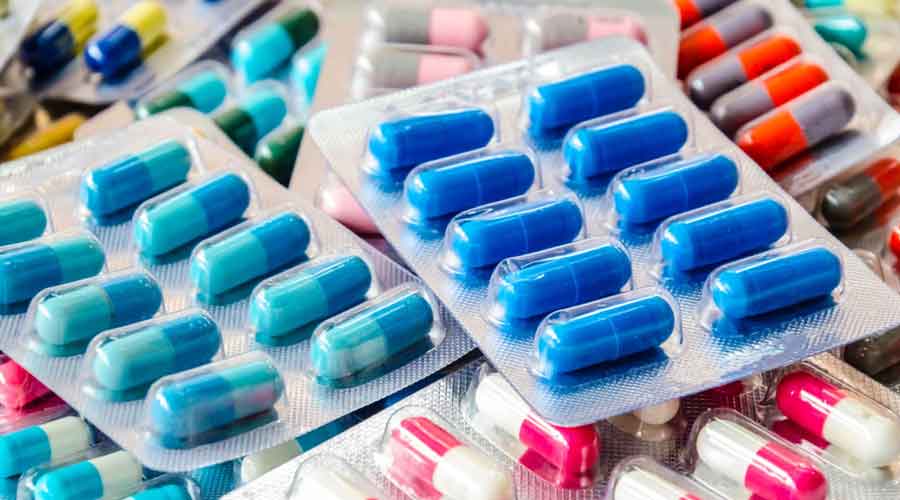The government-imposed price caps on over 860 medicines are expected to rise by an unprecedented 10 per cent in April under a routine annual exercise linked to the wholesale price index (WPI), pharmaceutical industry executives have said.
The annual increase in price caps set by the National Pharmaceuticals Pricing Authority (NPPA) this year will probably be the steepest since the current drug pricing rules of 2013 because the WPI has spiked to over 10 per cent, the executives said.
The NPPA’s price list notified last year had incorporated a WPI of 0.53 per cent for the ceiling prices of 867 medicines and a WPI of 1.88 per cent the previous year. The medicines include antibiotics and drugs to treat asthma, diabetes, high blood pressure and acidity, among others.
Since 2014 when the annual exercise was introduced, the WPI has not exceeded 5 per cent.
“A 10 per cent increase would provide some reprieve to the industry that has been impacted by increases in the prices of raw materials, including APIs (active pharmaceutical ingredients),” said a pharmaceutical industry executive.
A query to the NPPA from this newspaper on the anticipated increase in ceiling prices has not evoked a response.
Another expert tracking the pharmaceutical industry said API prices had increased alongside a decline in domestic production and increasing dependence on imports, primarily from China. About 80 per cent of India’s API requirement is sourced from China.
“India is called the pharmacy of the world, but it is a pharmacy that depends on API imports from China,” said Chandra Gulhati, a pharmacologist and editor of MIMS India, a journal of drugs. “We need policies to enhance domestic API production.”
Industry executives say the costs of API and packaging materials have increased steeply over the past two years.
“Paracetamol, which used to cost about Rs 500 per kg, is now around 750 per kg, and a packaging material that was about Rs 120 per kg is now Rs 210 per kg,” said Sri Krishna, chief executive officer with Low Cost Standard Therapeutics, a not-for-profit drug manufacturer in Gujarat.
The NPPA’s price control rules adopted in 2013 involve setting price caps by calculating the average of the top brands — all brands with 1 per cent or greater of the market share — and increasing the ceiling price annually based on the WPI.
Patients’ rights advocates had opposed this formula of fixing price caps by calculating the average of the top brands and proposed that caps should take into account the actual costs of producing the medicines and add reasonable profits along the drug supply chain.
“It is ironic that an industry that opposed cost-based calculation of price caps on drugs is now citing costs to seek increases in prices,” said Indranil Mukhopadhyay, a health economist and member of the Jan Swasthya Abhiyan, a patients’ rights group.











